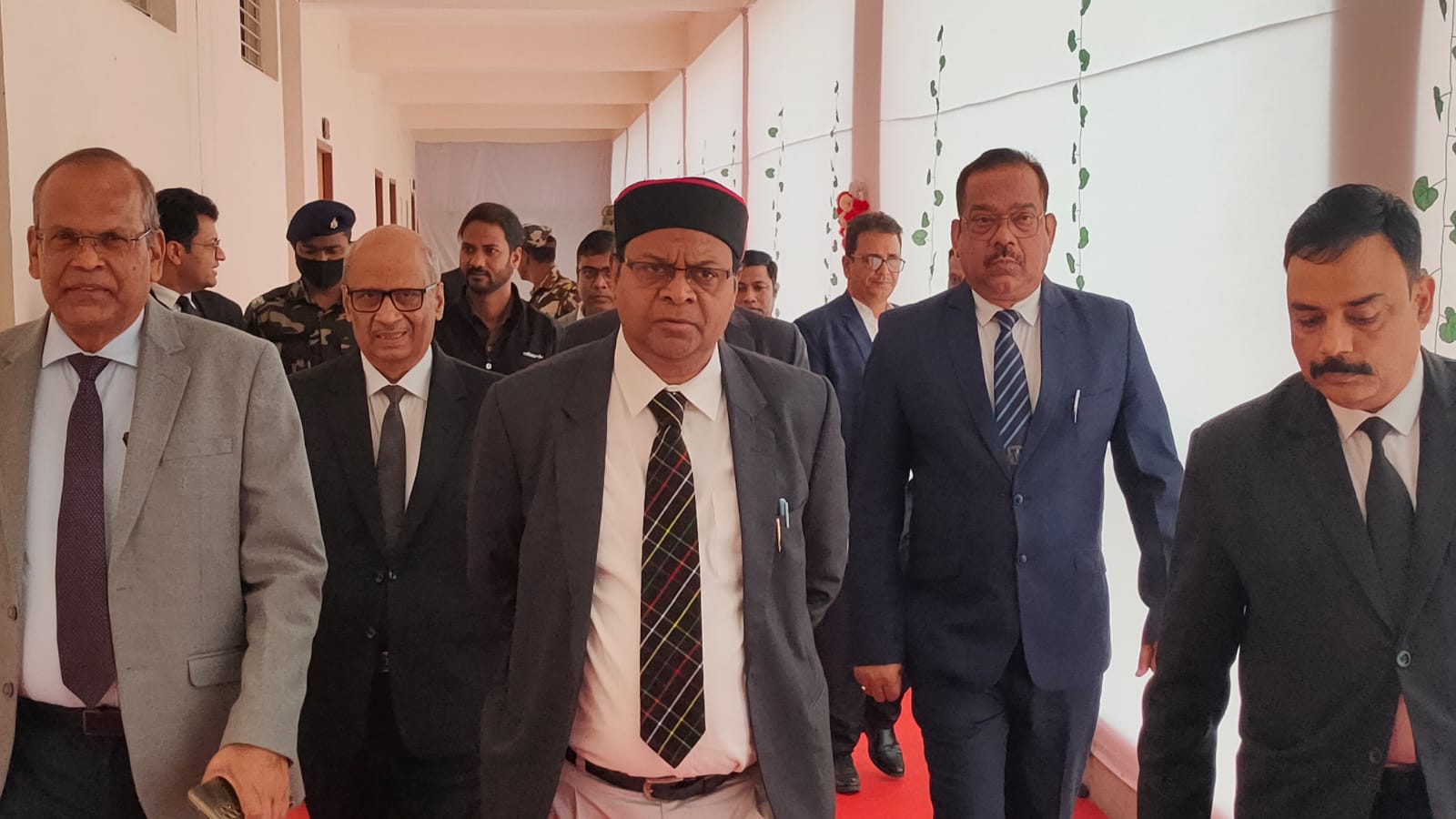Pahalgam Terrorist Attack: Critical Questions and Concerns

One of the most dastardly terrorist attacks on civilians in the Kashmir valley in recent years, the Pahalgam incident carries significant repercussions, particularly for Kashmir's vital tourism industry. The meadows and glaciers around Pahalgam had witnessed record tourist arrivals in the preceding year, making the area a crucial source of livelihood for a significant portion of the local population. The targeting of this popular tourist destination underscores the vulnerability of the region and the potential for such attacks to severely impact the local economy.
The attack has brought to the fore critical questions regarding intelligence failures and security lapses in the region. Despite the presence of an estimated half million Indian troops and an extensive surveillance and intelligence network, the Baisaran meadow, a known tourist hotspot, apparently lacked adequate security cover. This absence of armed security, in stark contrast to the fortified areas in nearby Pahalgam town, rendered the meadow a soft target for the militants. The reported involvement of local operatives in the attack further highlights the persistent challenge of dismantling local militant networks, despite ongoing counter-insurgency operations. This suggests a potential inadequacy in intelligence gathering, coordination among central agencies and the local police, as well as a failure to act upon prior warnings of potential attacks on tourists.
The timing of the attack, coinciding with a visit by the US Vice President to India and occurring while the Indian Prime Minister was in Saudi Arabia, raises suspicions of a deliberate attempt to gain international attention. The ethnic targeting of Hindu tourists in the attack is particularly disconcerting, as it introduces a dangerous communal dimension to the conflict and risks further polarizing the already sensitive social fabric of the region.
The Pahalgam attack also underscores deeper structural issues in India's approach to the Kashmir conflict. The heavy military presence, while maintaining a degree of control in urban centers, has not succeeded in eradicating militancy, which continues to draw support from Pakistan-based groups and local grievances. The path forward likely involves a combination of robust security measures with genuine political engagement and efforts to address the underlying causes of alienation and discontent in the region, as suggested by calls for cross-party talks to ensure safety and unity.

 1 month ago
1 month ago





[[comment.comment_text]]